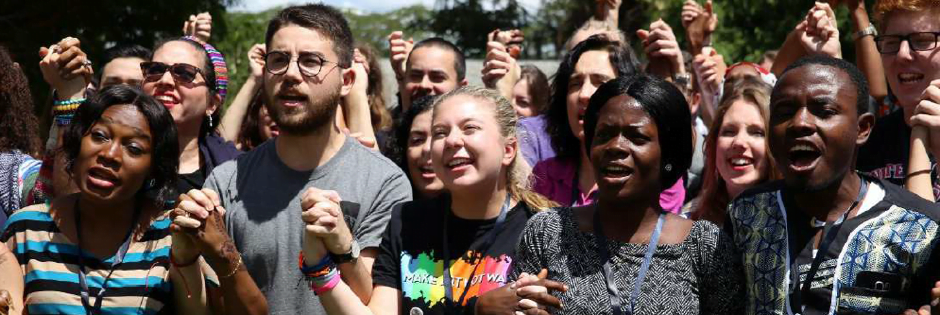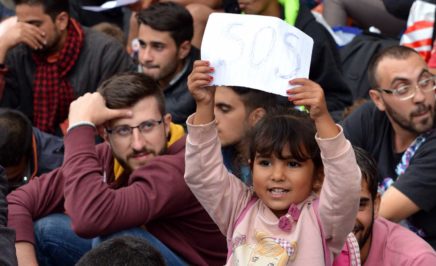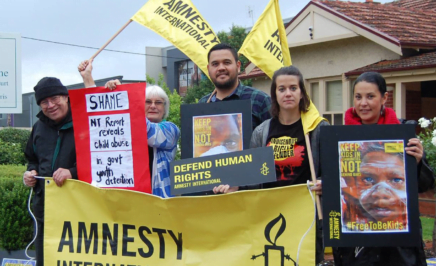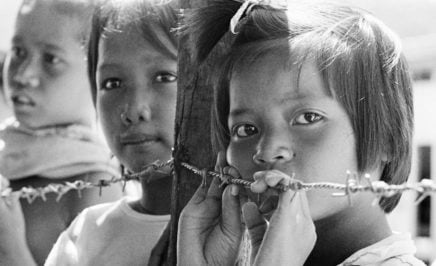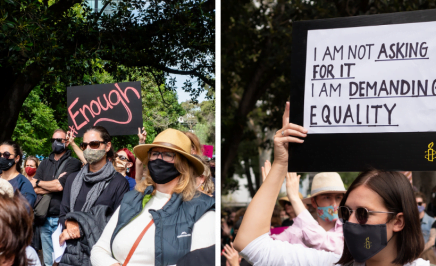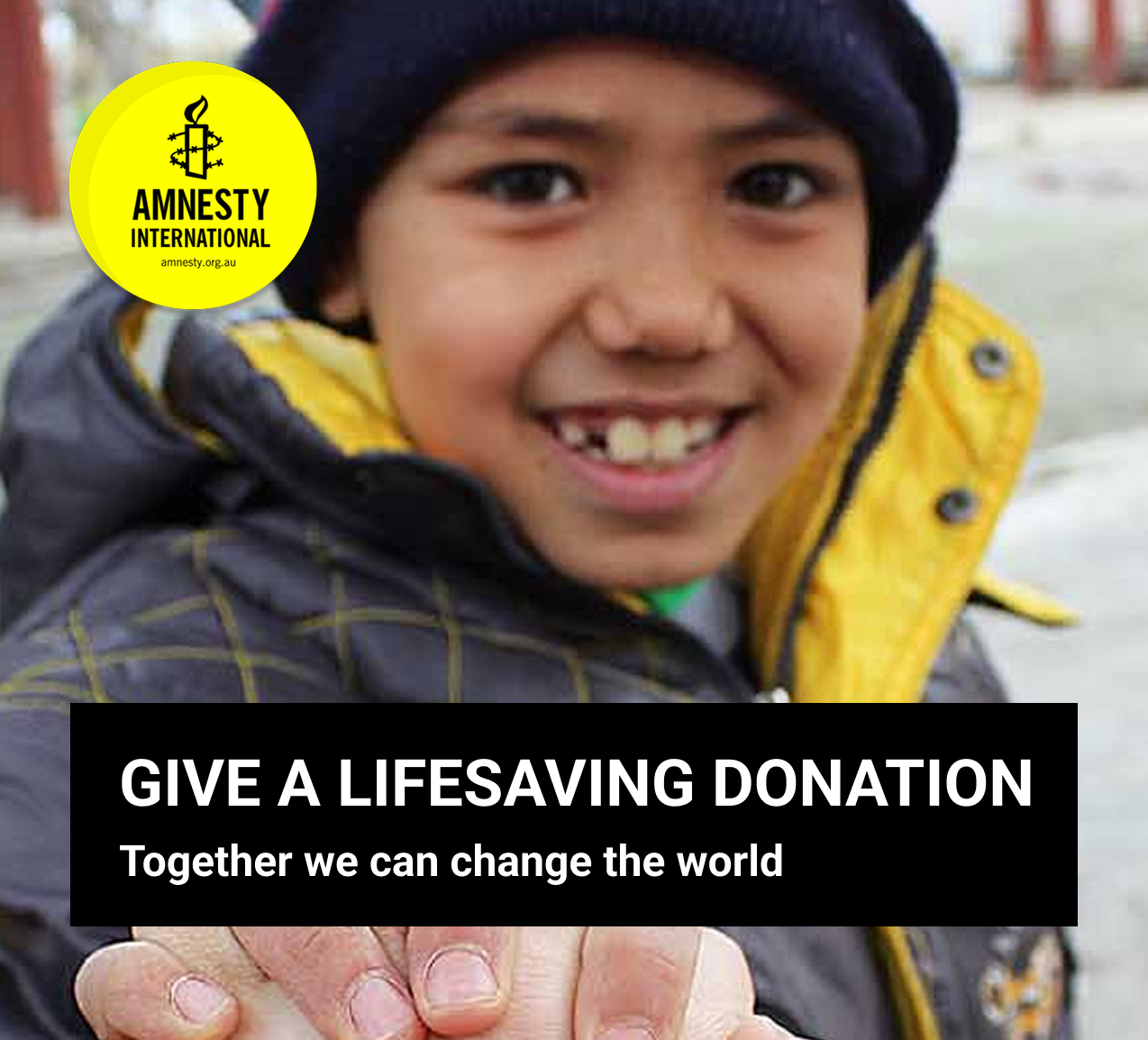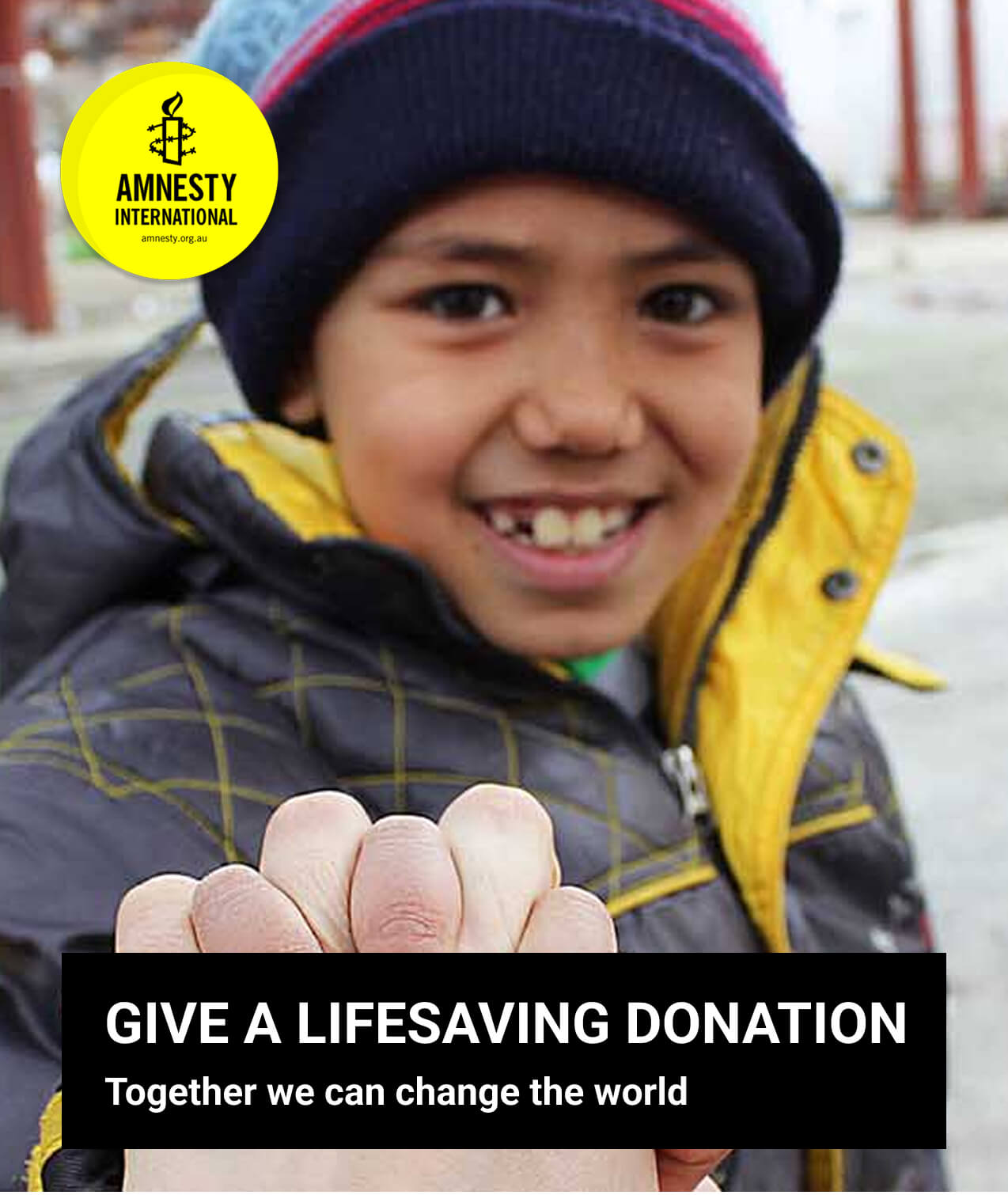Julia Hansen Holme is part of the Victorian University Network, and in May she represented Australia at Amnesty’s first Global Youth Summit in Kenya.
Youth, Power, Action!
Organised by Amnesty International Kenya, the East Africa Regional Office, and the Global Youth Team at the International Secretariat, the Youth, Power, Action! Summit took place over four days in Nairobi. There were 100 representatives from 25 different national Amnesty sections, the International Secretariat, and 15 external organisations, including Asylum Access, March for Our Lives, and Youth Policy Labs. Featuring speakers, panels, workshops and discussions, the purpose of the summit was to create a space for dialogue to explore,inspire and strengthen youth inclusion within the human rights movement. At the end of each day, we would all gather to develop recommendations related to the theme of the day. At the end of the conference, 10 of these recommendations formed a Call to Action with recommendations on how Amnesty International should advance its work with, for and by young people in the protection of human rights. The Call to Action was presented at Amnesty International’s Global Assembly July 2018.
Learning 1: Nothing about us, without us!

A major focus of the summit was how to engage and empower youth in human rights activism, emphasising key issues and barriers preventing their participation. Young people around the world are vulnerable to human rights abuses. As everyone else, young people are rights holders and we need to be included in conversations about our rights (and general society). This requires us to acknowledge the importance of youth inclusion and to redistribute power to allow for people (young and old) to work collaboratively across generations to drive and create change. In Amnesty, this includes allowing young to develop as leaders and take on roles and responsibilities within our governance structure. It also includes conducting research with (not only on) young people on the human rights issues that affect youth and allow this to enable and encourage change. I am glad to see that Amnesty has set some important goals for youth inclusion, such as having 1/3 of all our supporters to be under the age of 25 by 2020. However, many Amnesty sections are yet to develop a national youth strategy, indicating that we still have a way go.
Key Learning 2: Be creative and diversify!
To achieve our goals of youth inclusion, we need to acknowledge that young people are not a homogenous group, hence have different interests, skills, and passions. It is important that we try to diversify the activities and opportunities available for young people (and everyone else). This includes having specialised networks and action groups, such as the Victorian Pop-Culture Network, the online magazine Am-Unity, or the arts-based groups such as ART-illry, allowing people to combine areas of interest with human rights. However, diverse activities and creative activism is not limited to these unique groups but can be taken up by everyone. It is a great way to create awareness on issues and attract and engage more people!
Key learning 3: Young & Brave

My experiences in Nairobi made it painfully clear how lucky I am to have the freedom to stand up for human rights and feeling safe while doing so. Hearing the stories of young people who are being demonised or who face retaliation for their activism was difficult and almost surreal. In the
summit’s most heartbreaking session, a young woman named Monica told us the story of her brother, Evan. Evan was only 21 when he was killed by the police in Kenya for protesting increased school fees and unhygienic campus facilities. Unfortunately, this story is just one in many. Human rights abuses happen every day, all over the world. It is hard to not feel pessimistic. Yet, this also showcases exactly why we need to stand up for human rights. It is simply too important! And the good thing is, I am not alone in the battle. At the summit, I meet tons of all wonderful, brave and inspiring people who gave me hope and motivates me to continue advocating for human rights.
Overall, the Youth, Power, Action! Summit was an incredible experience, and it has helped change (and hopefully improved) the way I engage with and conduct my activism.
3 Activist Tips from Youth.Power Action!

1. Regardless of your age, try to work with another age demographic on an issue. This is a great opportunity to learn from other generations and identify how you can be each other’s allies and supporters.
2. Find new ways for new ideas. Encourage untraditional, big and outrageous ideas. Sometimes the best ideas can come from unexpected places! This is especially beneficial to do if you are trying to engage a new group of people or starting to work on a new campaign/case.
3. Take a minute to reflect upon your own activist journey. Think about what you are grateful for, what inspires you to take action, and who is there to support you. Importantly, remember that the work you do matters!
(Bonus tip: People might say that you are the leaders of the future. Forget that. Your voice matters today!)
